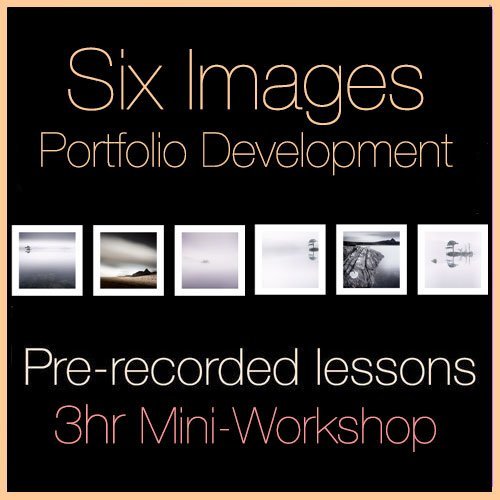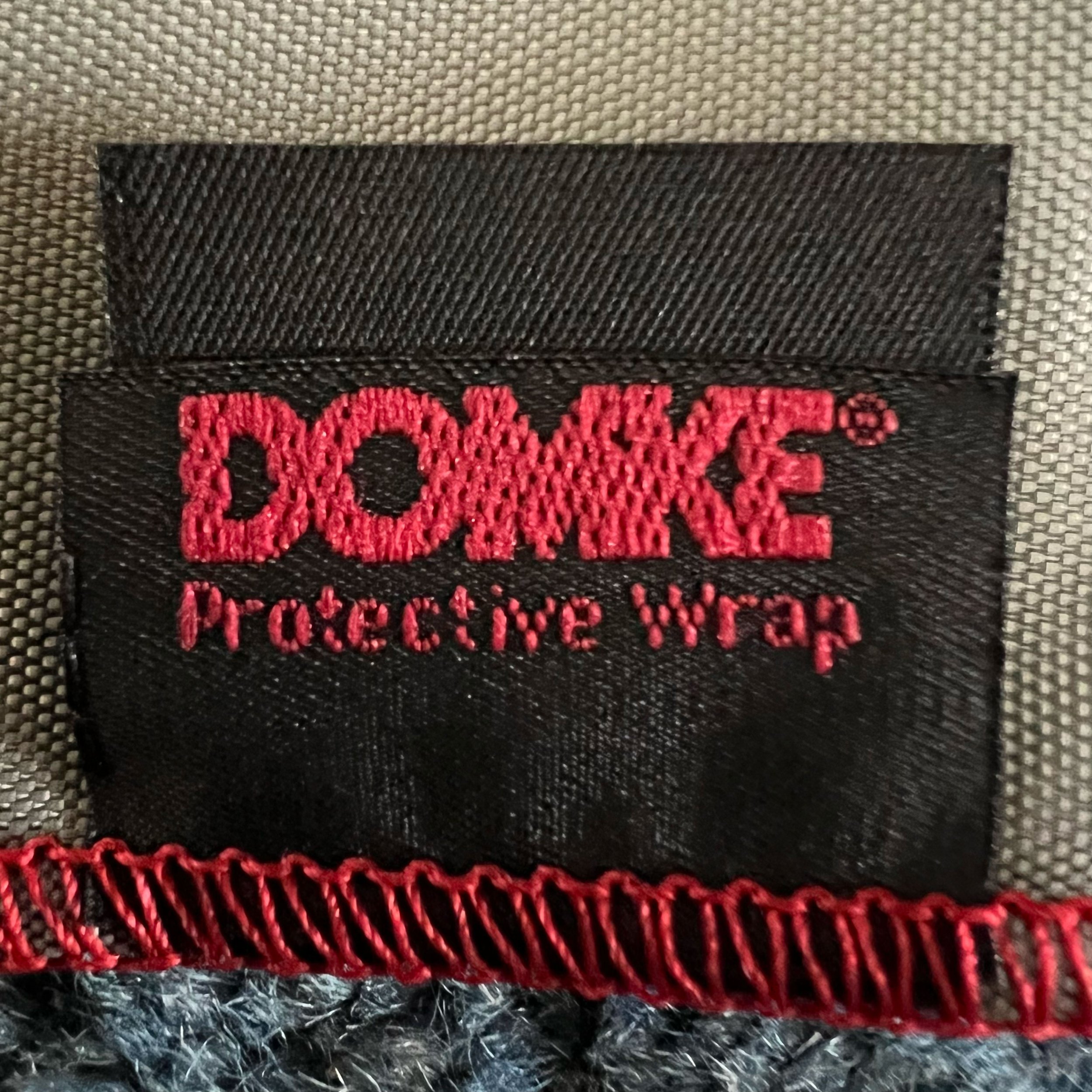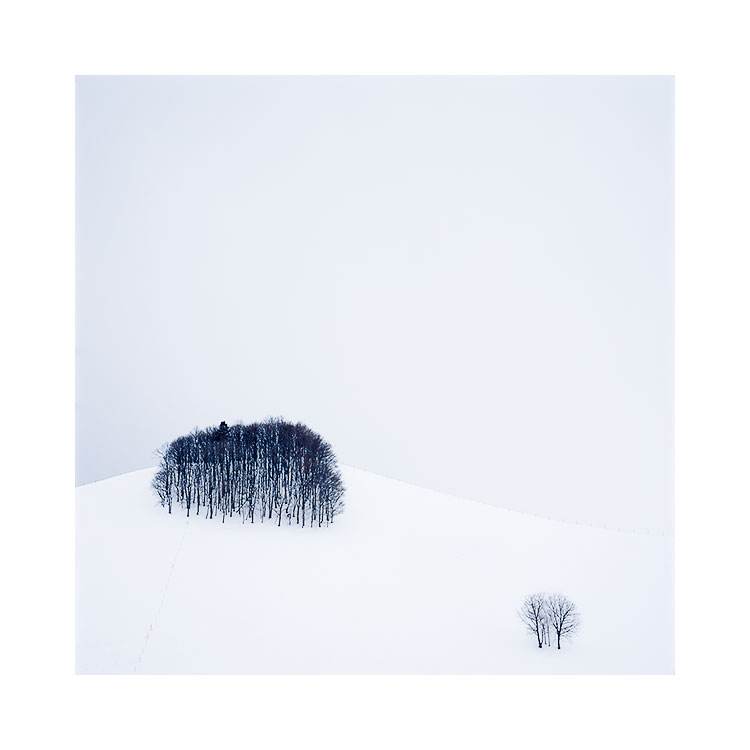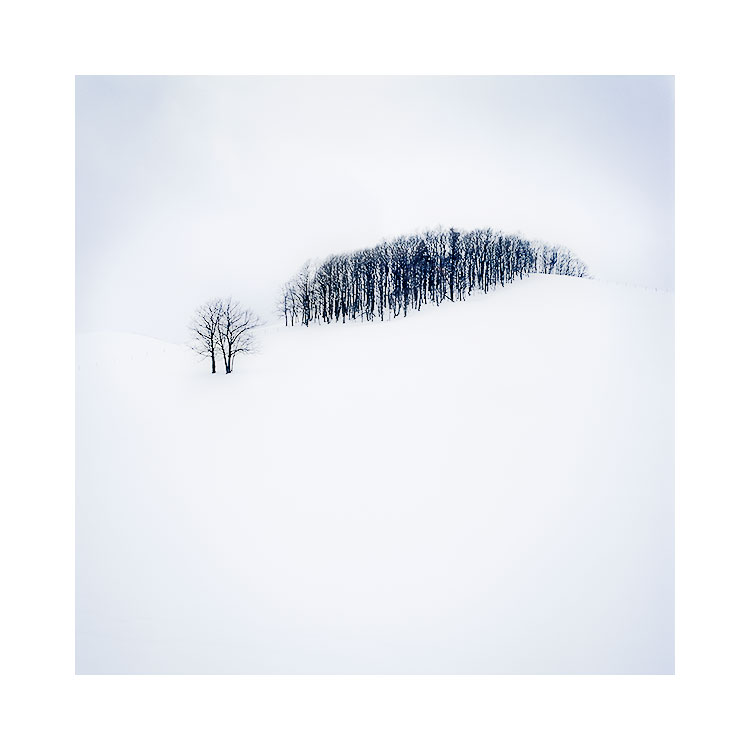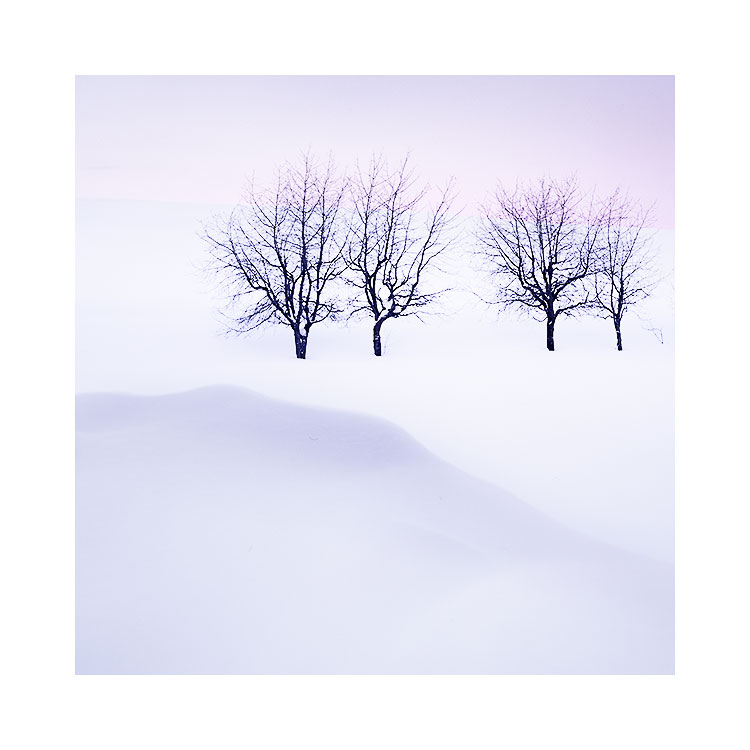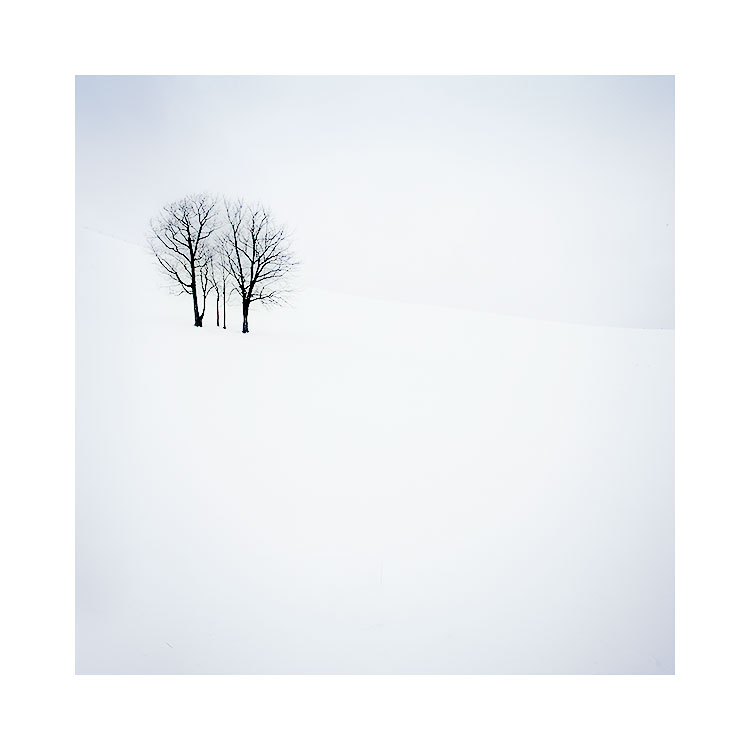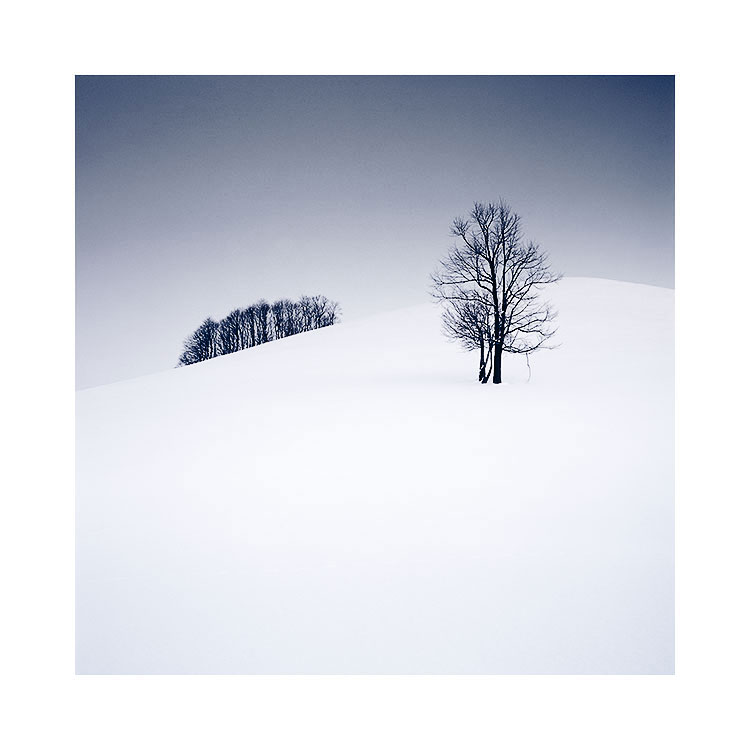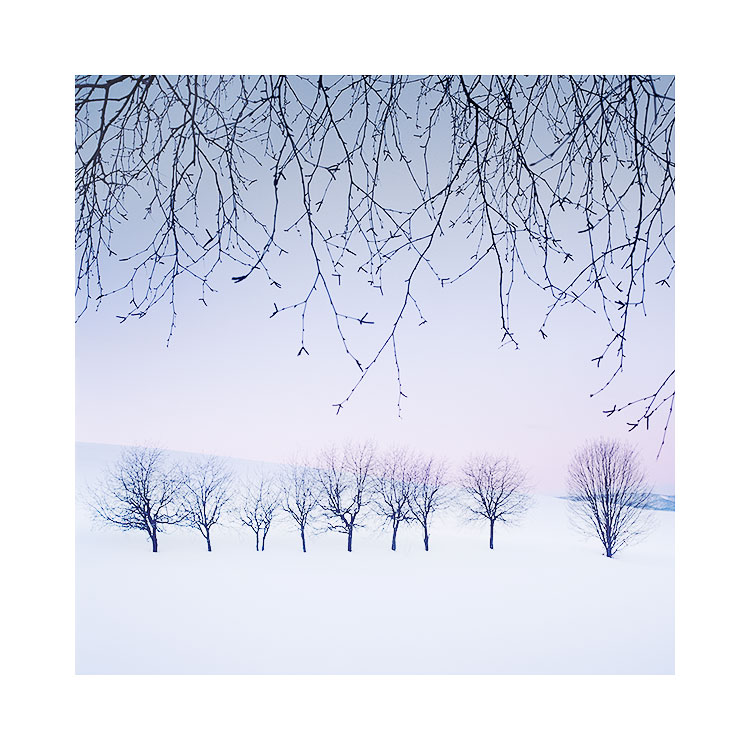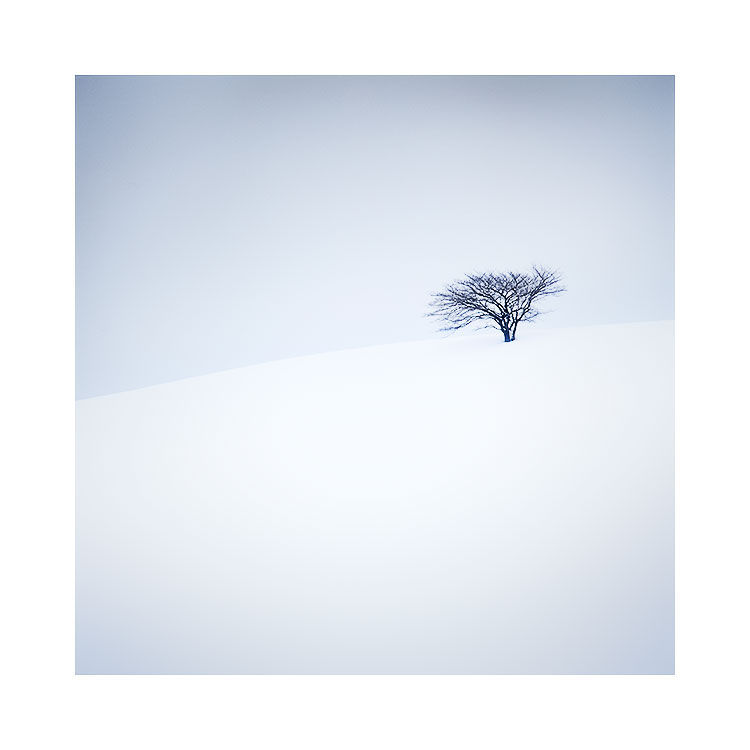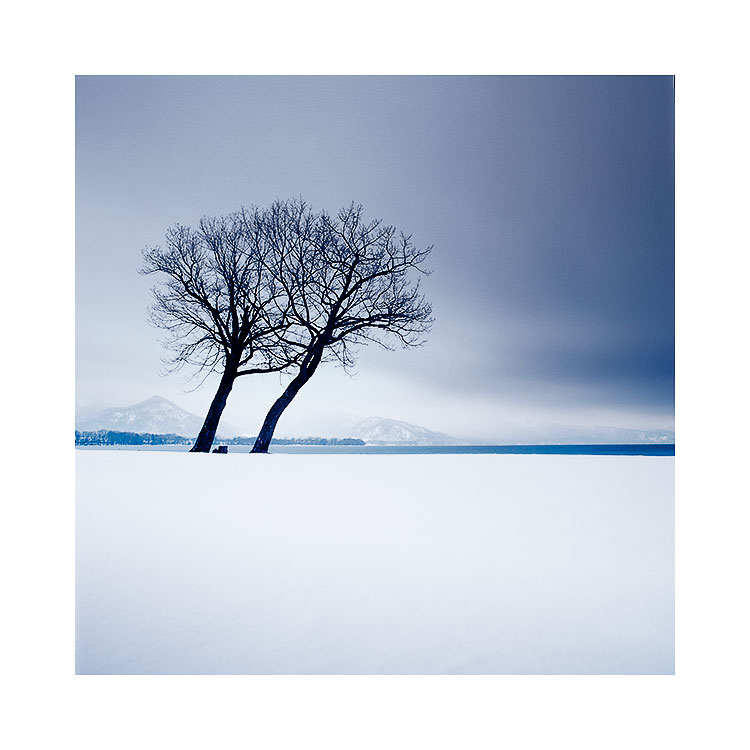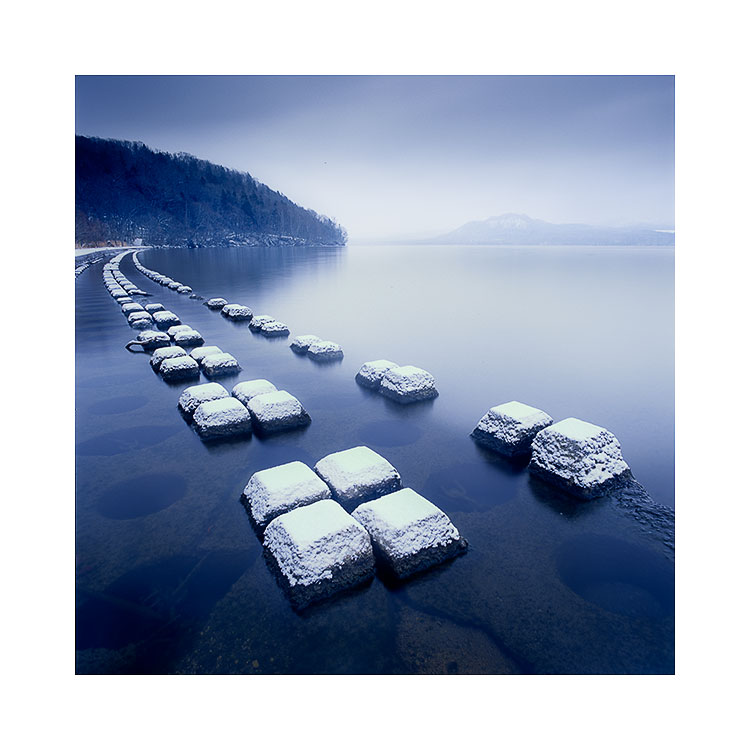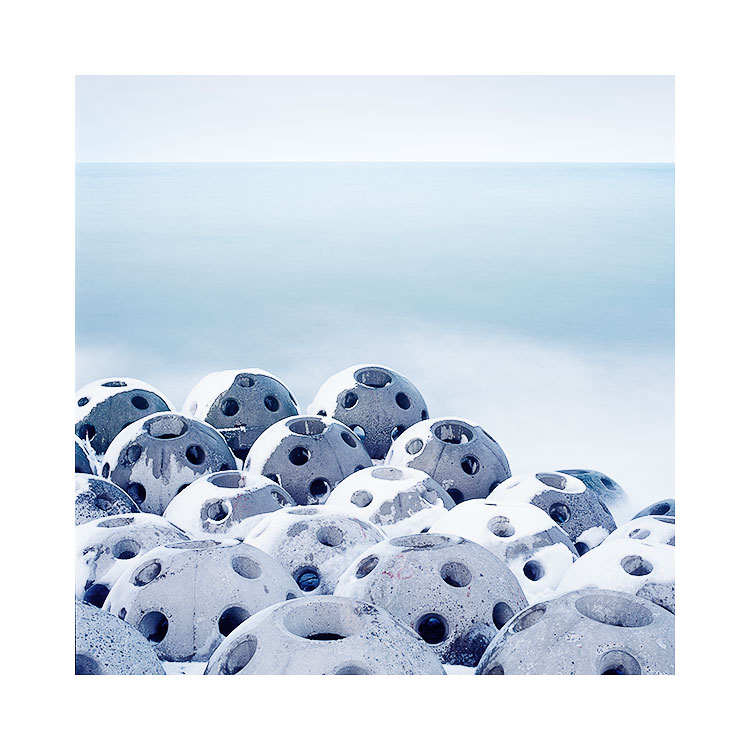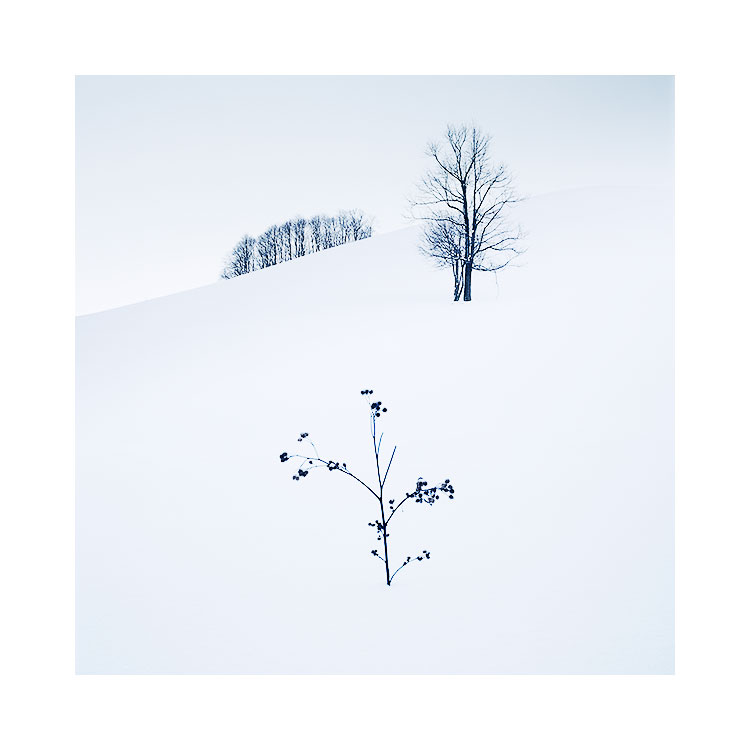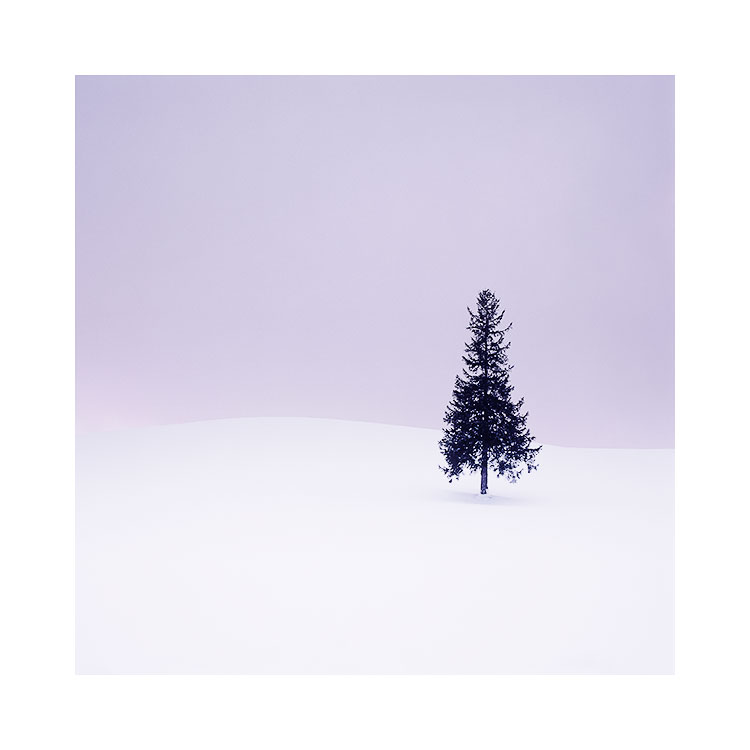I promised an update about the Domke 19” protective wrap. I bought one with the intention of trying it out as a hood / shelter for when it is raining, and in particular, to see if it is rigid enough to act as a cover around a set of filters on the front of the camera.
I took the Domke to Iceland with me. We didn’t have much rain during our tour (the sunniest days I had experienced), but when it did rain, it really rained. So on those very difficult rainy days I tried out the cloth.
My opinion about any new gear, is that you have to use it for a year at the very least. Making a decision about something after just a few uses has proven to not be objective enough for me in the past. The ball head I thought was great for instance, turned out to have too short a clamp for my camera bracket and I lost my camera to a river. The bag that I did not like because I thought it was simply too big for my filter set has turned out to be one of my favourite bags of all time (Kinesis 10 filter bag). It is always the things that I did not consider that trip me up in the long run. I have also learned that the things I will find a ‘feature’ rather than a ‘bug’ only surface over repeated use.
Right now, I think the Domke has the potential to be a cloth I will keep on using. In Iceland I found I got shots I would not have in the past. Using it as a hood was stable enough in moderate wind, and it prevented rain dripping down the filters - particularly if the rain was coming from behind me (which for some reason is usually a rare event!) and the sides.
To make the cloth rigid, I tuck one corner of it at the top : see the above picture. The cloth has a plastic membrane on one side which I found to be 100% waterproof. The red felt / velcro type surface doesn’t get too damp either, and so the structure of the cloth is that it can be folded into a certain robust shape that will stay in moderate wind.
Of course, nothing will protect filters from rain coming towards the filter, but I did find that the reduction in rain hitting the filter from the top, sides and behind, was reduced by 100%, and once the filter was installed, I didn’t have to worry much about the front of the filter. I found I only had one surface to worry about, which was always what I was hoping this cloth would provide, and it did provide this.
On cleaning filters in the rain: to dry a filter in wet weather, use a chamois leather cloth. It is the only thing I know that will suck up all the rain and wipe the filter clear). I have tried micro fibre cloths, and lens cloths and tissue and none of these actually remove the water, or they produce a smear. A chamois removes the rain and leaves the filter mostly smear free.
I also found operating the camera once the wrap was installed was not much of a big problem. The cloth has velcro corners and you just unstick one to re-adjust the tightness. It’s very quick and easy. I had been concerned that I might undo it all to get access to the shutter button or film wind controls - I would say that with practice, you will find a process that works for you whereby you don’t need to do much to your camera (using a cable release for instance), but when I did have to undo the wrap to gain access, I could loosen it off enough and velcro it to a new position to allow my hands in.
Additionally, I found it was just a great way of being able to cover the entire camera when moving around. I could un-tuck the top flap, and bring it down over the entire filter set, and velcro it in place. The entire camera and filters were securely covered from any rain as I walked around the landscape looking for another shot.
The wrap was originally designed as a protective cover - something you can put around your ball head for instance, so there is sufficient padding and keeps it away from the dirt and rain. It is also just useful in the bag for things you feel you’d like to have some protection around. So even if it does not work as a rain filter, it is still a valuable tool to have. In fact, I would suggest that buying the 11” or 15” Domke protective wrap for your ball head is a must. Particularly if your ball head is sitting in the back of a car or getting thrown around on a tour or workshop. The wrap that I am reviewing here is the 19” one, which there is more about below.
Perhaps in a few years I may decide the Domke didn’t work in the long run. I might find the material gets too soft over time, as new, it has a certain rigidity to it. But right now, I am keeping it packed in my camera bag as I think it helped me get around 25% more images that I wouldn’t have been able to shoot in Iceland.
If you are considering buying it, there are three sizes that I know of: 11”, 15” and 19”. I bought the larger 19” model. I would recommend you get that one as it is big enough to wrap around the entire camera body and filter set. I am sure the 13” version would not be large enough. I have also placed an order for the 11” wrap, as a second wrap for my ball head when putting it in the boot of my car.


